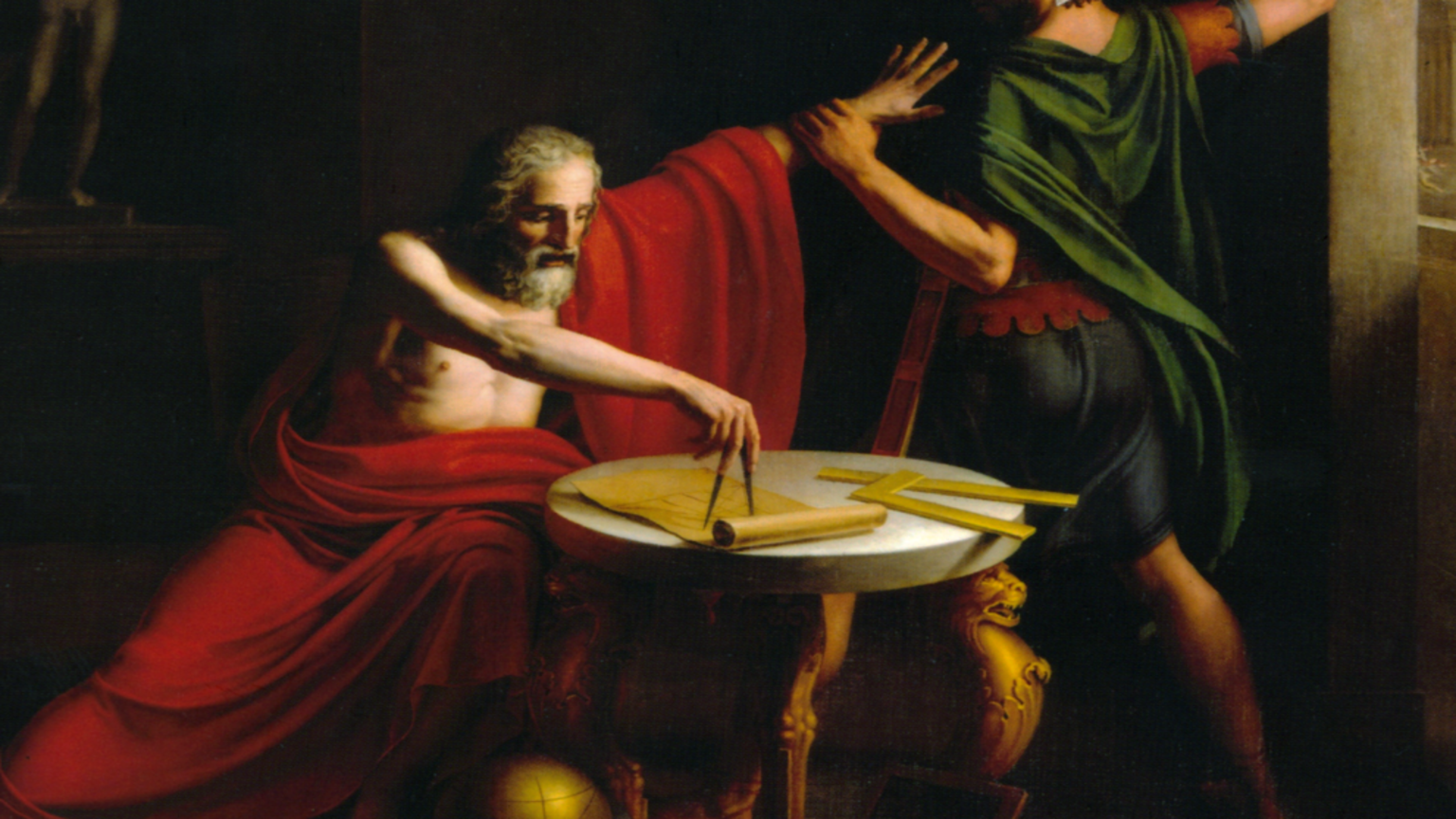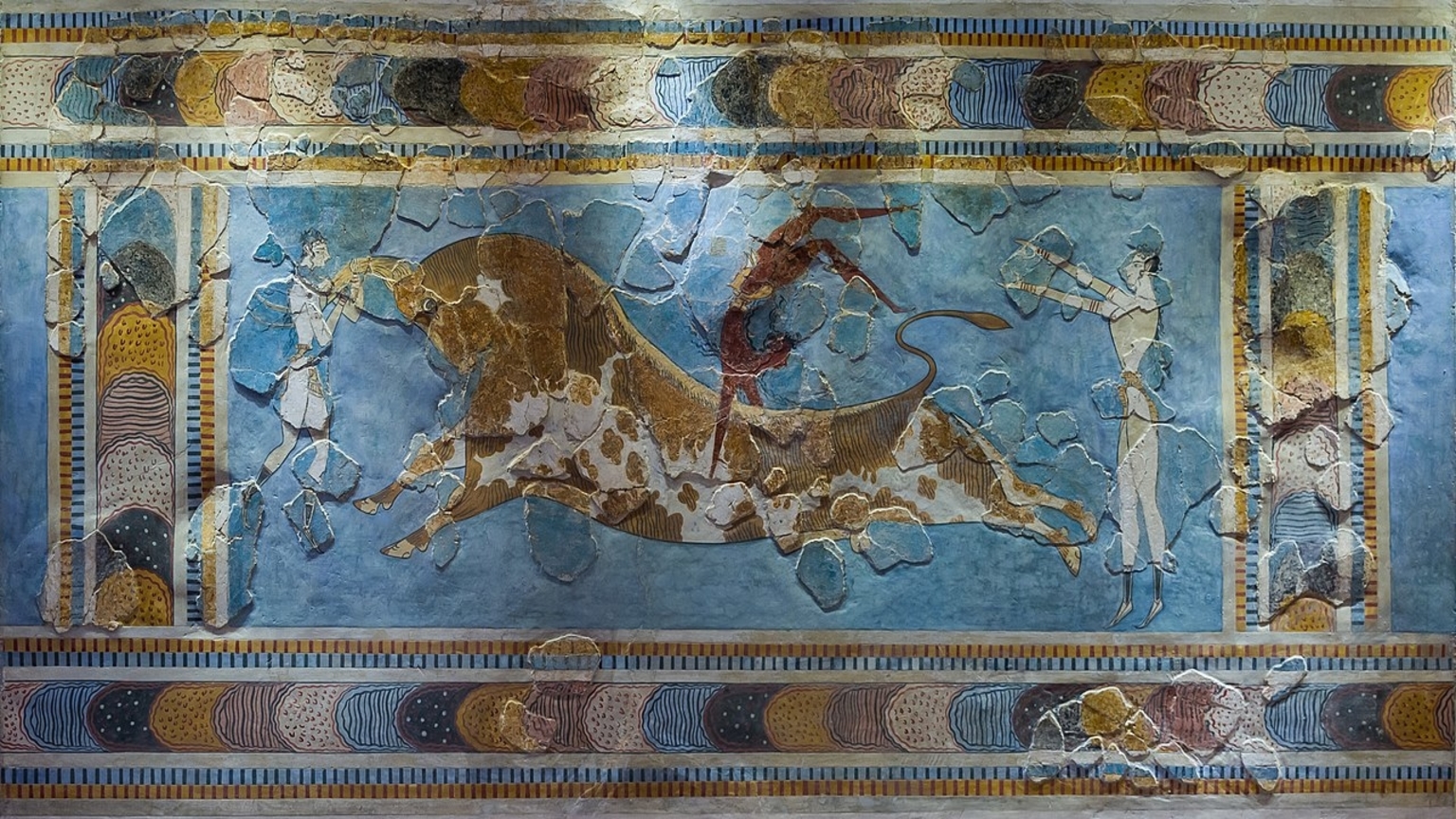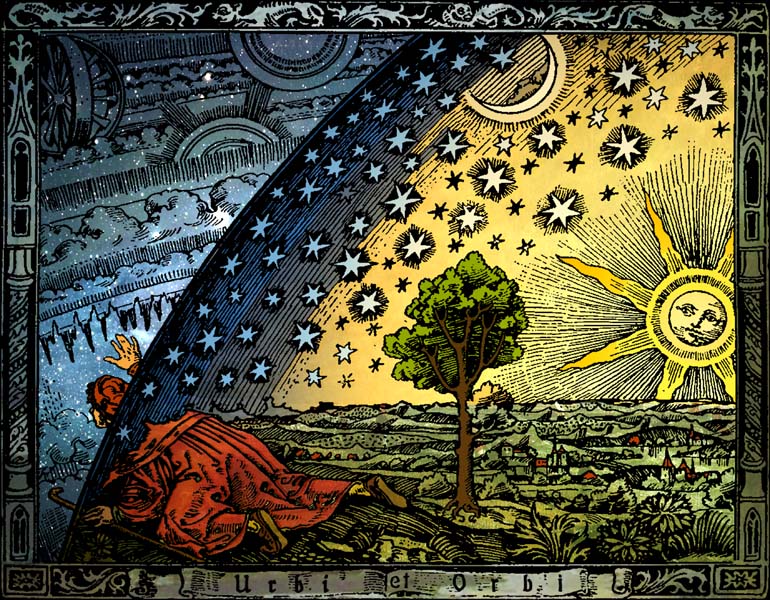Encyclopedias: Pliny the Elder’s radical idea to catalog knowledge

Among the achievements of the ancient Roman Empire still acclaimed today, historians list things like aqueducts, roads, legal theory, exceptional architecture and the spread of Latin as the language of intellect (along with the Latin alphabet, memorialized nowadays in many popular typefaces). Rome was not known, though, for substantially advancing basic science.
But in the realm of articulating and preserving current knowledge about nature, one Roman surpassed all others. He was the polymath Gaius Plinius Secundus, aka Pliny the Elder, the original compiler of scientific knowledge by reviewing previously published works.
If he were immortal, Pliny would be celebrating his 2,000th birthday this year. Nobody knows his exact date of birth, but we can infer the year 23 CE because his nephew reported how old he was when he died. His death was on August 25, 79 CE, a date established by an unfortunate event associated with a volcano.
Pliny was like a Renaissance man a millennium and a half before the Renaissance. Apart from his Roman Empire obligations as a military commander and provincial governmental official, he was a student of law, language, history, geography and every single branch of natural science. An indefatigable worker of intense curiosity about everything, he disdained sleep because it kept him from his tasks, and hated walking, because he could not walk and write at the same time.
His Natural History, a 37-volume masterpiece of high literary quality yet immense factual density, attempted to record and systematize the totality of human knowledge about nature. He reviewed hundreds of ancient texts by the most illustrious authors in all scientific fields, extracting from them thousands of specific facts to preserve for posterity. As the late classicist David Eichholz wrote, Pliny’s motivation was “his anxiety to save the science of past ages from the forgetful indifference of the present.”
Pliny was born in Como, Italy, into a family of sufficient stature that he was educated in Rome and then pursued a military career, including service as commander of a cavalry squadron in Germany. During that time, he wrote a history of Roman military activity in that region, after first composing a now lost treatise on how best to throw a javelin.
By about 58 CE, Pliny had returned to Rome, where he devoted his writing to grammar and rhetoric and maybe practiced law. He avoided governmental involvement for years, probably because he was no friend of the crazy emperor, Nero. But he was friendly with Vespasian, who became emperor in 69. Pliny soon assumed governmental positions in Roman provinces in Spain, France and possibly Africa.
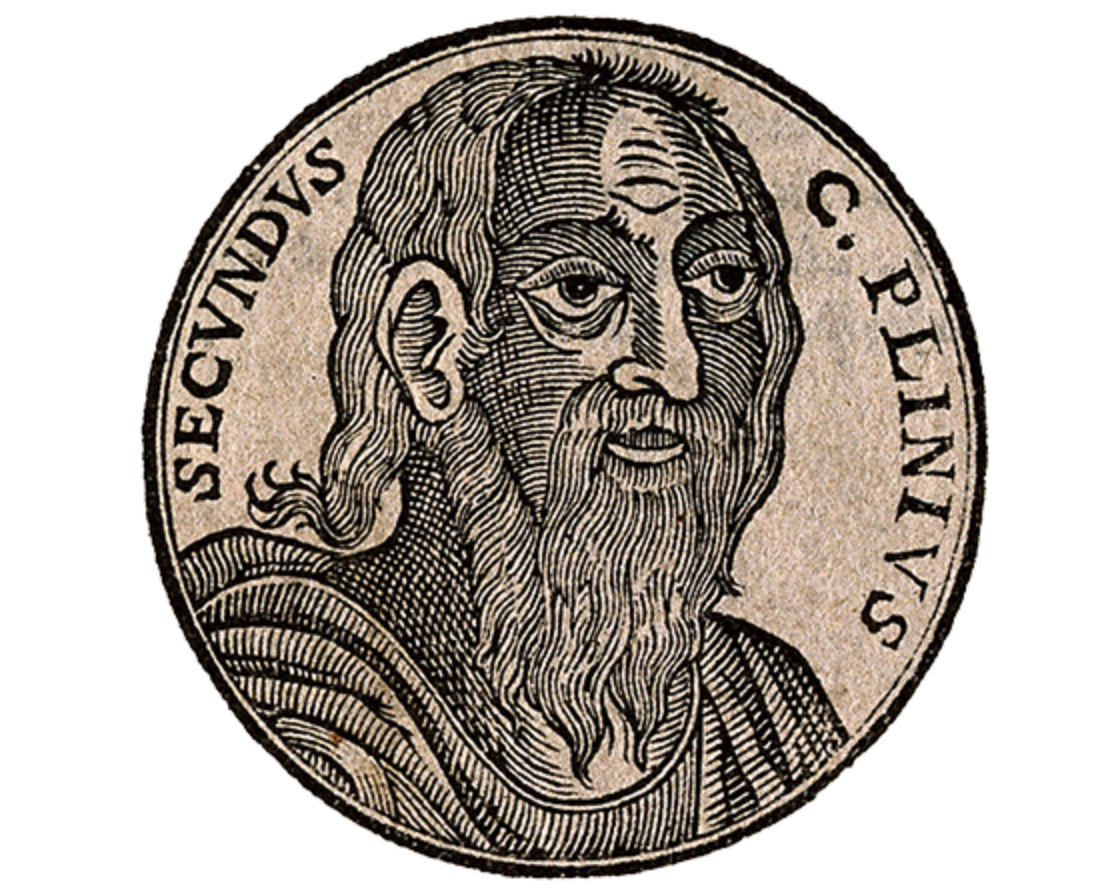
All along, Pliny read voraciously (or had books read aloud to him). He collected fact after fact about the natural world, with the aim of compiling a comprehensive account of all the knowledge about nature that those before him had accumulated. Nobody else had ever produced anything so encyclopedic about natural science. (In fact, the very concept of “encyclopedia” was unknown at the time.) He published it in 77 CE, two years before the eruption of Mount Vesuvius. Pliny was then commanding a fleet of Roman ships that sailed to the vicinity of the volcano, perhaps because of Pliny’s curiosity or possibly on a rescue mission. Tradition said Pliny died from inhaling toxic volcanic fumes, although some historians suspect he just had a heart attack.
Pliny began Book 1 of his Natural History with a dedication to the emperor Titus (Vespasian’s son) and an itemization of what was to follow. First came a book on the universe, heavenly bodies and the elements, followed by several books on the geography of the Earth and its inhabitants. Book 7 discussed man and his inventions. Then came the animals (land and sea), and then one book each on birds and insects. Many volumes followed on various aspects of plants, trees, flowers and fruits, and their cultivation. Botanical themes continued in several books on the use of plant products in medicine. Next came more medicine, with commentary on medicinal substances derived from animals. Pliny finished with five books on metals and minerals, including their role in painting, providing the earliest detailed account of the history of art.
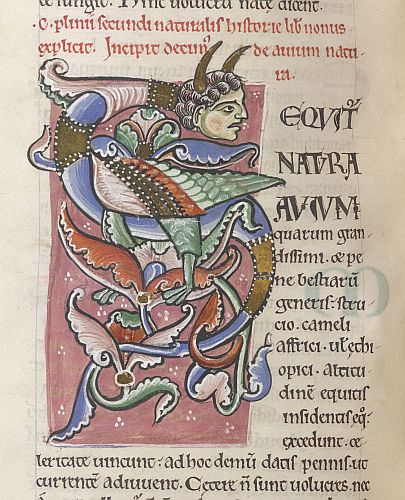
Pliny’s emphasis on facts obscured an underlying philosophy about the universe and humankind’s place in it. His approach was not to defend any philosophy, but to discuss nature factually. That meant, as the classics historian Aude Doodywrote, “knowing that six European trees produce pitch, that there are three kinds of lettuce, that the best kind of emeralds come from Scythia.” Yet Pliny’s presentation was nevertheless infected with a deeply held belief that the universe existed to serve humankind. As Doody noted, Pliny believed that nature is “a conscious, creative power, who deliberately organizes the world with the needs of humanity in mind.” That view reflected the philosophy of the Stoics, popular in those days, that the cosmos was infused with a powerful cohesive force, or pneuma, which unites everything that exists and determines matter’s properties.
“The whole of nature is animated by a providential presence that directs it, and this divine power can be identified both with nature and with the world itself,” Doody commented. Which is what made comprehending all of nature so important for Pliny.
Pliny’s books served as an authoritative source of information about nature for centuries. “The Natural History continued to be used as a practical source of medical and scientific knowledge right into the 16th century,” Doody commented. Today it remains a useful resource for scholars studying ancient knowledge and, in fact, is still sometimes cited in scientific papers today. In the 2020 Annual Review of Cell and Developmental Biology, for instance, Sarah M. Mohr and colleagues cite Pliny as one of the earliest authors to describe hibernation. And bioluminescence, a hot research topic in the 21st century, was first reported (in scyphozoans) by Pliny, as Steven H.D. Haddock and coauthors reported in the 2010 Annual Review of Marine Science.
Yet for all its benefits, Pliny’s Natural History had one serious drawback. It was full of errors. Pliny pretty much believed everything he read from ancient authorities, and essentially retweeted it all without any fact checking. His book on land animals includes the mythical monoceros or unicorn, a “very fierce animal,” he wrote, with “a single black horn which projects from the middle of its forehead.” (It’s not a rhinoceros — he describes that beast elsewhere.) And he mentions the legendary Ethiopian animal called the catoblepas, deadly to the human race, “for all who behold its eyes, fall dead upon the spot.” (He might better have titled his animal book Fantastic Beasts and Where to Find Them. And yes, he describes the basilisk, which can also kill by sight, and destroys plants by its touch or even its breath.)
On the other hand, Pliny did occasionally express skepticism and he rejected some outrageous claims. For one, he dismissed the idea of immortality. Had he been wrong, there would be a serious fire hazard at his birthday party this year.
This article originally appeared in Knowable Magazine, a nonprofit publication dedicated to making scientific knowledge accessible to all. Sign up for Knowable Magazine’s newsletter.

